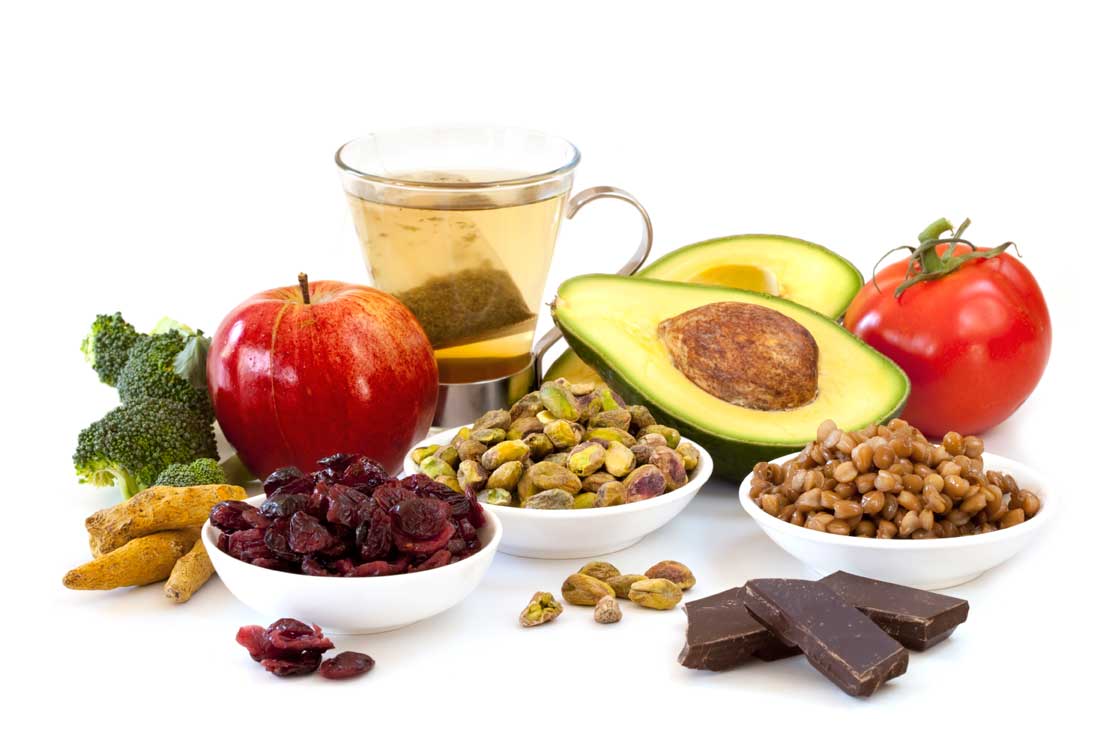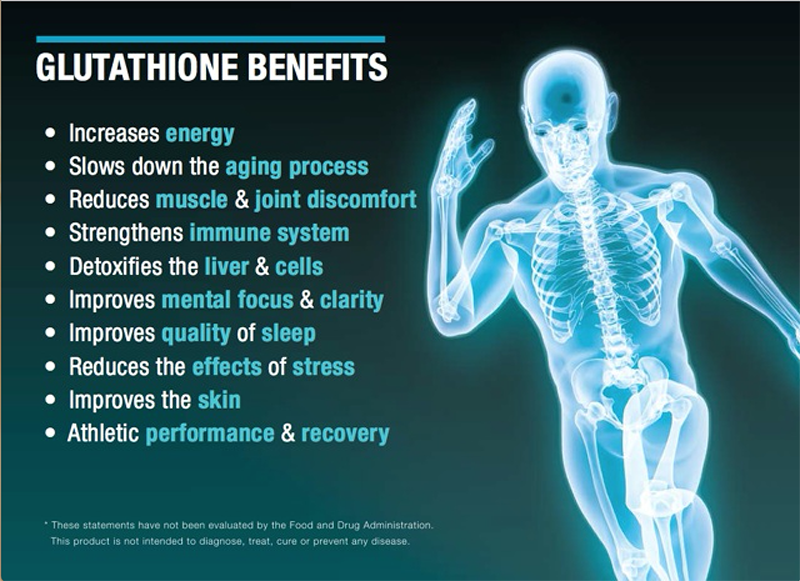You’re clearly familiar with antioxidants, but here we let you know about the mother of all antioxidants -- one that is the key to avert malignancy, coronary illness, aging, neurological issues and so on. This antioxidant has been examined in extraordinary profundity yet the majority of us know nothing about it and numerous specialists have no clue how to address the epidemic of its deficiency in people.We are obviously discussing Glutathione (pronounced “gloota-thigh-own.”). This is a capable detoxifier and resistant promoter and is significant to a healthy life. In spite of the fact that the body does make some of its own Glutathione, poor nourishment quality, contamination, toxic environments, anxiety, diseases and radiation are all draining out bodies glutathione.
What is Glutathione?
Glutathione is a basic molecule created regularly in the body at all times. It’s a mixture of three building pieces of protein or amino acids — cysteine, glycine and glutamine.
The best part of glutathione is that is contains sulfur synthetic gatherings that work to trap all the terrible things like free radicals and poisons, for example, mercury and heavy metals in our body then flush them out. This is particularly essential in our current universe of heavy metal bombardment.
Where Can You Get Glutathione?
The body makes it, however it’s frequently insufficient in our strenuous surroundings. Here are some substance sources that either contain glutathione or its antecedents to help the body create more.
- Broccoli
- Brussels sprouts
- Cabbage
- Cauliflower
- Avocados
- Peaches
- Watermelon
- Cinnamon
- Cardamom
- Turmeric (Curcumin)
- Tomatoes
- Peas
- Garlic
- Onions
- Red peppers
Don’t you notice that they’re all solid nourishments that we regularly don’t get enough of? This is an alternate huge issue with our eating methodologies.
We eat a lot of junk, meat, dairy and processed food, things that clinically have been turned out to be the most obvious reasons for coronary illness and sickness, yet we eat them in tremendous amounts.The key is to cut them off and consume a great deal of fresh food that give supplements and don’t ask the body to digest some mega job.
You can expand your activity as glutathione generation increases when you work out, too. Breathing and sweating are incredible approaches to dispose of poisons in the body, too.
Glutathione Protects Against Chronic Illness

What makes glutathione so essential and influential is that it recycles antioxidants. At the point when your body is managing free radicals, it is basically passing them from one particle onto the next.
They may go from vitamin C to vitamin E to lipoic acid and afterward to glutathione where they cool off. By this point, antioxidants have already been reused, and the body can now recover an alternate glutathione particle to retreat at it once more.
Glutathione is critical for helping your immune system battle chronic diseases as it goes about as the bearer of toxins out of your body. Like a fly trap, poisons stick to glutathione and they are conveyed to the bile into the stools and out of the body.
Glutathione is influential enough that it has been proved to be of incredible help in the treatment of AIDS. The body is going to reach oxidants and poisons, the more we can manage those the better our body will be at staying solid, this is the reason glutathione is so imperative.
9 Final Tips
Dr. Mark Hyman has given 9 tips to increase your Glutathione levels. Take a look at them!
1. Eat sulfur-rich food. The principle ones in the eating methodology are garlic, onions and the cruciferous vegetables (broccoli, kale, collards, cabbage, cauliflower, watercress, and so forth.).
2. Try bioactive whey protein. It’s an incredible source of cysteine and the amino acid building blocks for glutathione blend. As you know, I am not an enormous fanatic of dairy, however this is an exeption — with a couple of warnings.
The whey protein MUST be bioactive and produced from non-denatured proteins (“denaturing” alludes to the breakdown of the typical protein structure). Pick non-sanitized and non-mechanically produced milk which contains no pesticides, hormones, or antibiotics. Immunocal is a bioactive non-denatured whey protein which is even listed in the Physician’s Desk Reference.
3. Activity supports your glutathione levels and consequently helps support your immune system, enhance detoxification and improve your body’s own particular antioxidant defenses. Begin slowly and develop to 30 minutes a day of overwhelming vigorous activity like walking or jogging, or try playing several sports. Strength training for 20 minutes 3 times each week is useful, too.
One would think it would be simple just to take glutathione as a pill, yet the body digests protein — so you wouldn’t get the profits in the event that you did it by these lines. On the other hand, the generation and reusing of glutathione in the body requires numerous diverse supplements and you CAN take these.
4. N-acetyl-cysteine. This has been used for quite a long time to help treat asthma and lung ailment and to treat individuals with life-threatening liver failure from Tylenol overdose. Actually, I initially looked into it in medical school while working in the emergency room. It is even given to avoid kidney damage from dyes used during x-ray studies.
5. Alpha lipoic acid. This is a nearby second to glutathione in criticalness in our cells and is included in vitality generation, glucose control, cerebrum wellbeing and detoxification. The body typically makes it, yet given all the hassles we are under, we regularly become depleted.
6. Methylation supplements (folate and vitamins B6 and B12). These are maybe the most essential for keeping the body creating glutathione. Methylation and the creation and reusing of glutathione are the two most paramount biochemical capacities in your body. Take folate (particularly in the dynamic type of 5 methyltetrahydrofolate), B6 (in dynamic manifestation of P5p) and B12 (in the dynamic manifestation of methylcobalamin).








